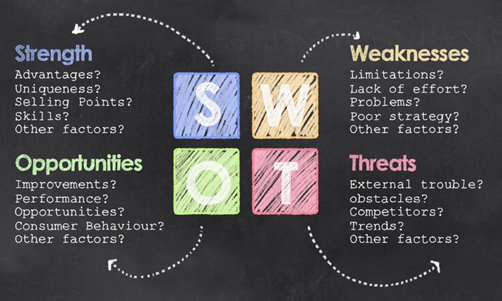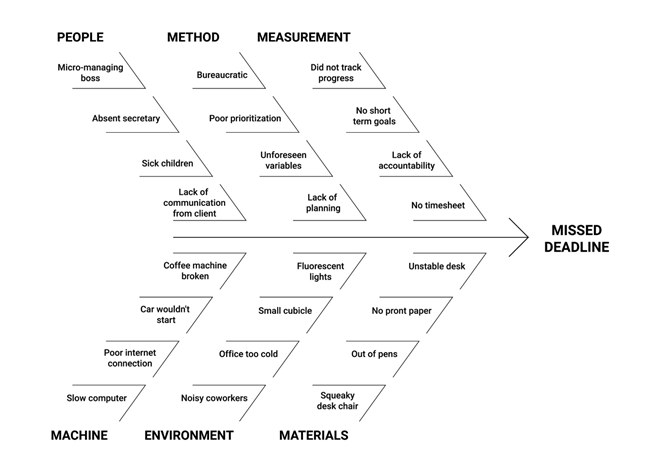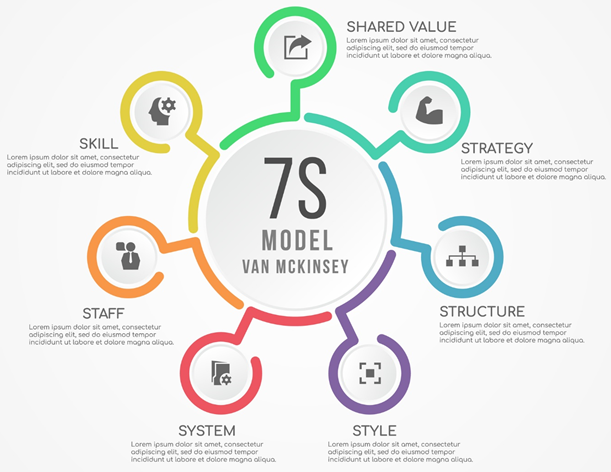What is gap analysis?
Gap analysis is a technique that is adopted by organisations to ascertain the difference between their actual performance and the anticipated performance. This method allows the organisation to assess whether the company can meet the predefined standards and if the resources are efficiently utilised or not.
The health of the organisation is evaluated by analysing labour, time and money and making a comparison with the set targets. After identifying the performance gap, the management team creates an action plan to leverage the operational performance and achieve the targets set.
Due to complexity in the overall structure of the gap analysis, it is considered difficult to implement and is not applied generally. However, the organisations can utilise the tool to determine the gap in different departments or the structure of the organisation. The term “gap” stands for the void between the desired level of performance and the actual performance.
Summary
- Gap analysis is a technique that is adopted by organisations to ascertain the difference between their actual performance and the anticipated performance.
- Gap analysis allows the organisation to assess whether the company is able to meet the standards set or the resources are efficiently utilised or not.
- Due to complexity in the overall structure of the gap analysis, it is considered difficult to implement and is not applied generally.
Frequently Asked Questions (FAQs)
What is the importance of gap analysis?
The gap analysis is majorly employed when an organisation is not able to achieve the full potential from technological advancements, current resources, money, and time. The study helps to highlight the difference due to which the full potential is not enjoyed by a firm.
The analysis plays a crucial role in the context of organisational success and is also referred to as need analysis. It projects the level a company desires to achieve and its present state. The goals are examined by assessing and acknowledging the obstacles. It also allows the organisation to determine whether they are on the right path or not.
All type of organisations, ranging from small to large firms can utilise gap analysis methodology. The benefit of the methodology is not limited to a specific department or area. Gap analysis can be employed in human resource, sales, quality control, employee’s satisfaction, financial performance, technological infrastructure to name a few.
What are the types of the gap in gap analysis?
Any type of gap reported is a threat to the company in terms of survival, growth, and overall performance. The gap might also result in decreasing the company’s efficiency and in consequence, the company might not be able to meet its objectives and missions. Chiefly, there are 4 types of the gap –
- Performance gap – The difference reported between the projected performance and the actual performance is known as the performance gap.
- Market/product gap – The difference between the expected sales and the actual sales is termed as product/market gap.
- Profit gap – the gap between the actual and targeted profits of an organisation,
- Manpower gap – When there is a variance between the required manpower and present manpower, it is known as the manpower gap.

Source: Copyright © 2021 Kalkine Media
What should a company do to address the identified gaps?
A company generally has three alternatives to address the identified gap.
- Redefining the objectives – In case any deviation is reported between the forecast and objectives, then top-level executives should first check whether the objectives are achievable or not. In case the objectives high and are not realistic, then they should be redefined.
- Do nothing – It is not employed by the majority of the organisations, but few organisations might consider this option.
- Change in the strategy – To bridge the identified gap, a company can redefine their strategy to achieve the objectives. Before changing the organisational strategy, the organisation should acknowledge that the gap is between the present and expected state. The strategy should aim at reducing the wide gap.
How to conduct a gap analysis?
Four steps are undertaken to conduct a gap analysis, that is –
- Step one – The first step is to define and outline the organisational objectives accurately. The objectives should be specific, attainable, measurable, timely and realistic.
- Step two – The historical data is utilised in the second step to measure the present performance with the aim to determine whether the organisational goals are met or not.
- Step three - Here, the data collected in step two is analysed to ascertain the reason for the deviation in the actual and desired level of performance.
- Step four – In the last step, a report is created which compiles all the qualitative and quantitative data. The report projects the reason for the gap and lists the items or actions required to achieve the outlined goals.

Source: Copyright © 2021 Kalkine Media
What are the tools used for conducting gap analysis?
There are numerous tools that can be adapted to analyse the gaps –
SWOT analysis
It one of the oldest marketing assets and it stands from the Strength, Weakness, Threat and Opportunities. SWOT can be conducted with both qualitative and quantitative data or a combination of both. This analysis allows the organisation to ascertain the threats and evaluate the standing of the organisation in the competitive marketplace. Moreover, weakness highlights the areas of improvement.

Image source - © T.L.Furrer | Megapixl.com
Fishbone diagram
Fishbone diagram is also known as a cause-and-effect diagram, Ishikawa diagram and herringbone diagrams. This tool helps in identifying the root cause of a problem. The diagram is generally employed to assess the current position of the company.
Following categories are investigated –
- Materials
- Measurements
- People
- Machine
- Environment
- Methods

Image source: © Konstantinlev | Megapixl.com
McKinsey 7S framework
The framework was developed by McKinsey and it helps in ascertaining whether the organisation is meeting the expectations or not. It evaluates the values which are crossing over the 7S model. Moreover, the model is efficient in bridging the gap between the desired state and the present state.
The model is composed of soft and hard elements –
- Hard elements are structure, system and strategy.
- Soft elements are shared values, style, skills and staff.

Image source: © Jaijuju | Megapixl.com
PEST analysis
PEST analysis is similar to SWOT analysis as it also allows the organisation to identify threat and opportunities after analysing the internal and external factors. PEST stands for the political, economic, sociological and technological factors. This method eliminates the gaps as it highlights the current threats, opportunities in the market and within the organisation.

Image source: © Vectorpouch | Megapixl.com
 Please wait processing your request...
Please wait processing your request...